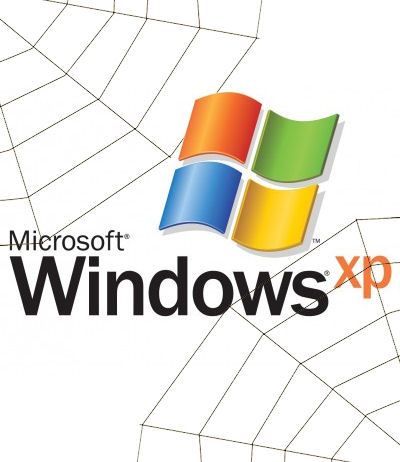Migration Advised With A Year To Go Before Windows XP Dies

There’s still time to move but many companies plan to cling to the venerable OS
With one year to go before Windows XP becomes officially unsupported, many firms still don’t have plans in place to migrate away from the 12-year old operating system.
Around 40 percent of desktops still run Windows XP and according to research commissioned by application migration specialist Camwood. The study found that two out of five UK IT decision makers have yet to start migration plans to Windows 7 or Windows 8.
Time running out
Microsoft recommended that firms should allow between 18 and 32 months to complete migrations from XP and deployment of its successors, implying that some firms have left it too late to start a timely migration.
Around 20 percent of respondents said they still planned to use XP after the cut-off date despite the security threat. The research also found that 23 percent of the 250 UK IT professionals said they have not started migrating from XP as they have been asked by their businesses not to.
“The message that Microsoft is switching off the lights for Windows XP is being received loud and clear by the IT community but it would appear that the business doesn’t understand the perils of remaining on XP after 8 April, 2014,” said Camwood chief executive Adrian Foxall.
“In these tough economic times, it is not surprising that business leaders do not want to invest a substantial amount of money in something that essentially isn’t broken, as is the case with Windows XP today,” he added. “But with an estimated 40 percent of business desktops still running Windows XP, and with the clock ticking, IT and the board need to join forces and work together to migrate to a new OS that will support their organisation now and into the future. Failure to do so will put their company in jeopardy.”
Thick and fast
Further research from IT consultancy 1E found that at the end of last year, less than a quarter of UK respondents had completed the migration of their PC estate to Windows 7.
“The message is loud and clear – organisations that are not yet off the starting blocks or only a little way down the track are highly unlikely to complete before the Microsoft deadline,” Sumir Karayi, CEO at 1E, said.
He said that IT departments were in a migration “danger zone” with “little or no time left to complete the process before they are charged exorbitant support costs that will undoubtedly complicate budgets for many businesses”.
Ed Dolman, head of channel at VMware UK & Ireland, advised, “ The channel holds a huge amount of specialist migration capabilities which typically don’t reside in-house, providing a great opportunity for channel partners with these skills. These include application discovery, rationalisation and migration as well as innovative use of virtualisation technologies to greatly reduce migration timescales of migration.”
Naturally, Dolman’s recommendation has VMware at its heart. “Standard tools for Windows 7 migration are difficult, requiring users to back up all their data, perform a clean installation of Windows, then restore their data and reinstall their applications. Using a desktop virtualisation solution to manage the migration process ensures that Windows 7 can be centrally deployed centrally across virtual and remote desktops without added infrastructure costs,” he said.
Ben Rayner, business manager at Phoenix Software, pointed out the wider opportunity for persuading a customer to move.
“Organisations are at a strategic turning point in their business. Not only may they need to upgrade their Windows XP operating system, but they are also faced with a host of end-user computing challenges including the rise of BYOD, remote working and consumer cloud-centric devices such as tablets. This puts us in a great position to consult our customers on a full desktop management strategy, while also enabling a swift and simple migration to Windows 7.”